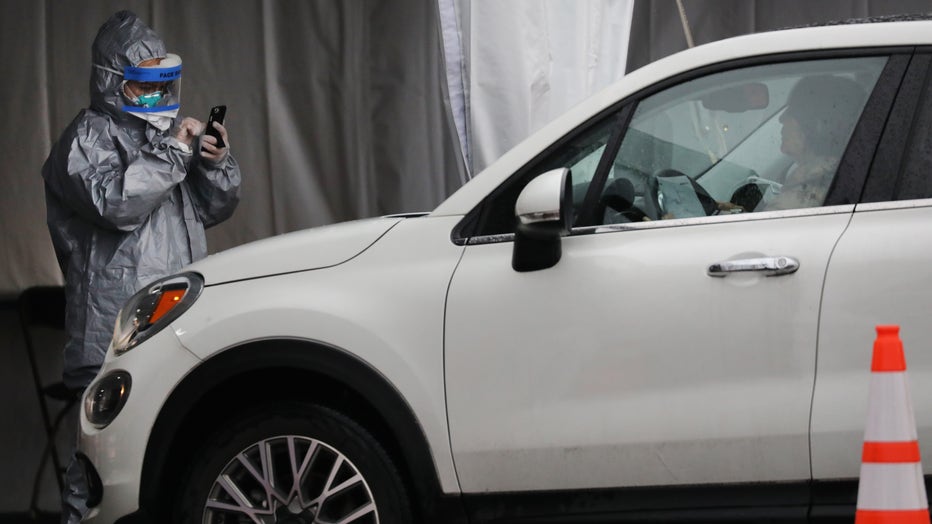CDC’s ‘flatten the curve’ graphic shows why social distancing amid coronavirus pandemic is necessary
LOS ANGELES - As world governments scramble to combat the COVID-19 virus that has now infected over 137,000 people worldwide and killed more than 5,000, protective measures have been put in place around the world in hopes of preventing the spread of the novel coronavirus.
Dozens of major events around the world have been canceled as authorities in the U.S. have recommended against gatherings of 250 or more in order to contain the coronavirus outbreak.
RELATED: CoronavirusNOW.com, FOX launches national hub for COVID-19 news and updates.
A growing fear of epidemiologists amid the threat of the pandemic is the serious consequences that could result from a lack of proactivity in stopping further spread of the virus by failing to enact crucial precautionary measures.
The vast majority of people who get sick recover from the illness, which could lead some to wonder why measures like a travel ban or cancellations of mass gatherings are necessary.
RELATED: Coronavirus: What to do if you’re told to self-quarantine
Carl Bergstrom, a biologist at the University of Washington, shared an illustrative graphic from the Centers for Disease Control and Prevention, praising its simplicity in explaining the need for social distancing measures as confusion about the seriousness of the virus grows.
Simply put, social distancing, event cancellations, working from home and self quarantines are not only about preventing the illness itself, but rather, slowing the rate at which people get sick.
RELATED: Coronavirus cancellations: These major events, concerts called off amid COVID-19 outbreak
The novel coronavirus is not the only thing that hospitals are currently dealing with, so staying home and doing anything necessary to prevent the spread of the virus keeps pressure off the health care system.

Workers in protective gear operate a drive through COVID-19 mobile testing center on March 13, 2020 in New Rochelle, New York. (Photo by Spencer Platt/Getty Images)
According to the World Health Organization, people with mild illness recover in about two weeks. But that doesn’t mean that people who recover quickly won’t transfer the COVID-19 virus to someone who is more at risk of serious complications from the virus, such as elderly people or those with pre-existing medical conditions.
The graphic originally created by the CDC has been circulated widely as several epidemiologists have shared their own versions.
Former President Barack Obama also shared the graphic on his Twitter account, explaining the need for social distancing.
“If you’re wondering whether it’s an overreaction to cancel large gatherings and public events (and I love basketball), here’s a useful primer as to why these measures can slow the spread of the virus and save lives,” Obama tweeted.
As the U.S. and Europe begin to catch up with the aggressive measures that countries like China have taken to prevent the spread of the virus, 64,000 people out of the 81,000 that were diagnosed in China where the virus first exploded have since recovered.


